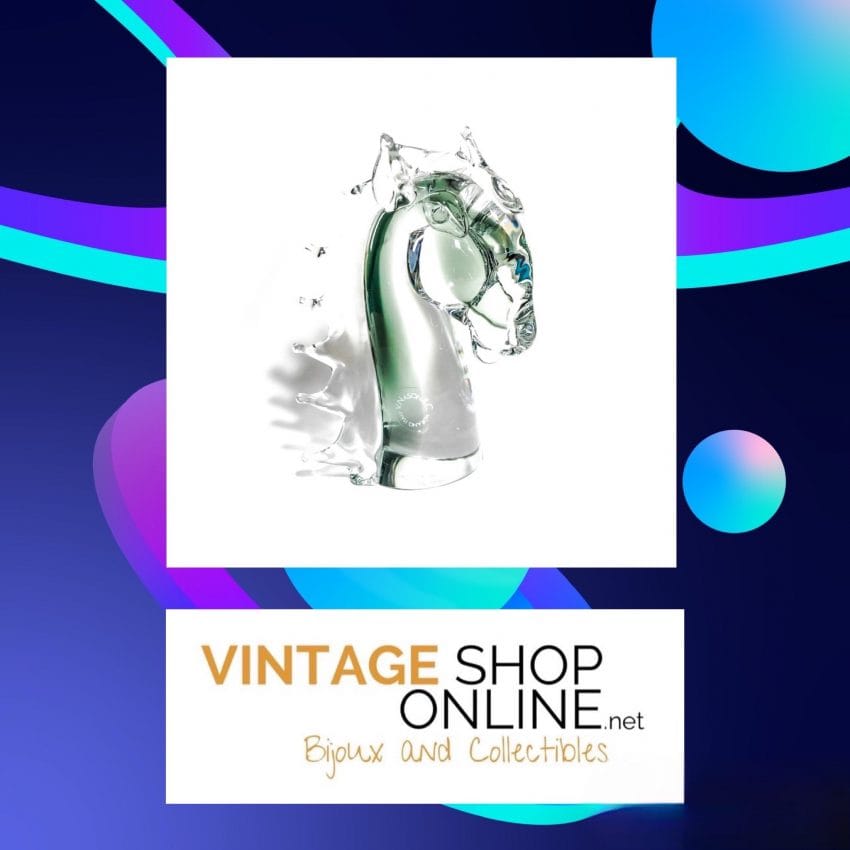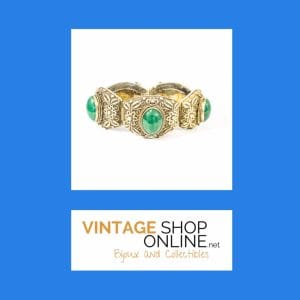BUT HOW MANY TYPES OF GLASS ARE THERE ?
Trying to understand how glassmaking art over time, has changed the way of understanding this material, I tried to make a list. In my list there are many different names for glass working; every time I came across a particular object I tried to broaden my knowledge. Today, beyond the atmospheres charged with magic for objects pierced by light, I thank the master glassmakers for their great ability in shaping beauty. It is only thanks to them that a shapeless mass becomes an object. There versatility of these artists often in the shade, he gave us vases and chandeliers and all kinds of artifacts with a sophisticated antique or modern design.
In this listing,the order is randomized based on the objects encountered over time.
SUBMERGED GLASS
This particular type is obtained by working a blown glass immersed in a crucible; this filled with transparent material in another color allows you to superimpose the colors obtaining great colored effects.
THE CAMEO GLASS
It is obtained by superimposing two layers of glass with contrasting luster and colour. The intaglio work is dedicated to the outer layer. (there is also the double cameo and the triple)
THE AVENTURINE GLASS
This workmanship was created around 1620 by the Murano master Giovanni Darduin. When the melting of the glass is complete, a certain amount of charcoal is added,silicon metal and wrought iron. The cooling cycle of the molten glass is deliberately slow; this causes the detachment of the basic glass from the metallic copper. The more the distribution of copper crystals is uniform, the greater the value of the Aventurine will be.
THE BULLICING GLASS
In this case, two different techniques are used. In the first, a very thick glass is used and while it is still hot it is passed over a metal surface equipped with spikes. During this operation the material undergoes depressions at the tips. With the subsequent passage of another layer of glass,air bubbles will be obtained in correspondence with the depressions.
The second procedure is performed with a conical mold but truncated at the top. Inside are the tips and while the glass is blown internally,small punchings are formed at the tips. Later covering the object with a new layer of transparent glass, bubbles will magically appear.
THE FILIGREE GLASS
About the middle of the 16th century,this hot decoration technique was created in Murano. Very beautiful and of great impact, for its execution the Murano masters use crystal rods; inside which glass threads have been inserted. The pipes thus prepared are put together on a refractory material plate. The heat of the furnace melts them. The flat shape thus obtained, it is wrapped around a transparent glass cylinder that is still incandescent. After this operation, only the internal wires will be visible. The last step involves the blowing and shaping of the chosen object. There are many types of watermarks, with variations in the workmanship and greater difficulties in the technical execution.
THE MILKY GLASS
This particular process was invented in Murano to counter the arrival of Chinese porcelain in Venice. So in the 1450 white glass was created and tin and lead mortar were used to make it opaque. Now a mixture is used which if rich in zinc oxide allows the two opacifying agents, the crystals of sodium and calcium fluoride a high homogeneity in the cooling phase for a truly surprising result.
THE MARBLE GLASS
Even before arriving at the creation of this particular glass, in ancient times humanity played with objects that were as rounded as possible. From Ancient Rome to Greece to Egypt, the children loved to get together to play. The former used walnuts to form a triangle, the aim was to drop the one positioned at the top. This and other types of game were very popular and inexpensive, the next step was the birth of the marble to replace nuts and so on. Initially they were in terracotta and clay, then between the 17th and 20th centuries Germany became the world producer of marble and then glass marbles; hence the Anglo-Saxon name “marbles“.
I discovered this glass while on vacation. Strange thing is that Italy did not invent these small spheres, but boasts a large group of collectors. Abroad where the factories were born, collecting is strongly rooted. Small spheres with transparencies and color inserts, even the most common marbles are beautiful and pleasant to the touch.
THE FAVORITE GLASS
According to reliable sources,(chatting with a customer) the Milanese youth of the sixties,they spent the summer between the lake house and the beach house in prestigious and fashionable locations. Even those that didn't end up in Bellagio or Portofino, waiting for the evening they spent the day on the beach between the sun, the sea and boat trips. Despite the small beach and the scarcity of sand, some areas of Liguria were still a great attraction. And,the shore was sometimes formed by a multitude of pebbles rounded by the water and made of glass or rock. The sea recycled the bottles, returning them duly processed as nice end-of-holiday "souvenirs".. Once back in Milan,a phone call to friends to find yourself in front of the Duomo under its spectacular stained glass windows. You embrace chatter and smiles amidst the glittering of the majestic glass while deciding where to have a smoothie and talk about the holidays.




